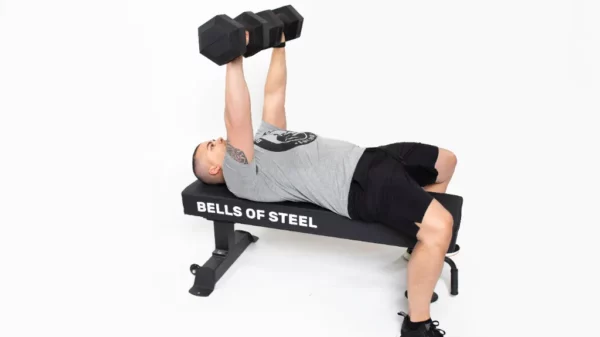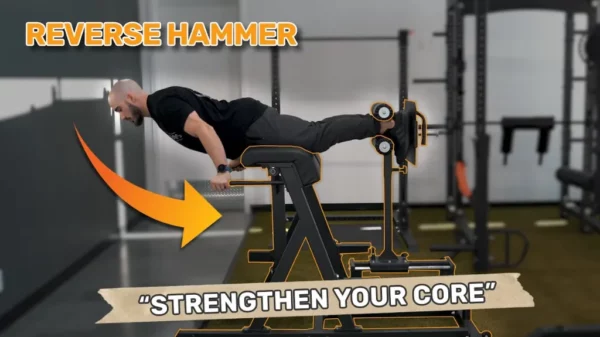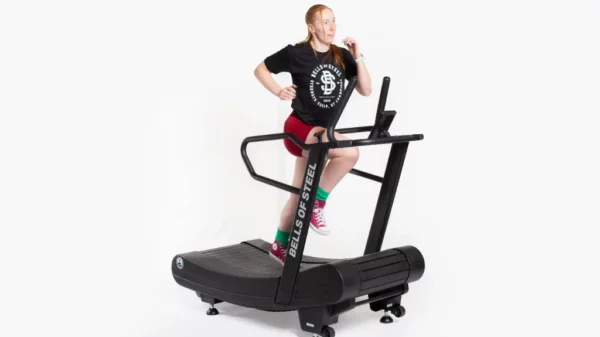The glute-ham developer (GHD) is a popular piece of equipment in many gyms, known for its ability to strengthen the posterior chain, particularly the glutes and hamstrings.
However, to achieve optimal results and prevent injury, it’s crucial to understand how to adjust the GHD machine correctly. In this blog post, we will delve into the dos and don’ts of adjusting a GHD machine.
Understanding the Glute-Ham Developer
Before we dive into the adjustment process, let’s briefly discuss the GHD machine itself.
The GHD consists of a padded bench connected to footplates, which are adjustable to accommodate users of different heights and body sizes.
Its primary function is to allow for the execution of glute-ham raises, an exercise that targets the posterior chain muscles, including the glutes, hamstrings, and lower back.
How To Adjust A GHD Machine
Here’s a step-by-step guide to adjusting a GHD machine for the two most commonly performed exercises Glute-Ham Raise or Back Extension.
Remember that the settings you use will vary depending on the exercise you’re performing.
1. Adjust the Pad Distance
Begin by adjusting the main tubing piece to select the right pad distance. The correct distance allows your knees to just barely be in contact with the pads when you’re in a tall kneeling position.
This position provides a stable base and allows for proper movement mechanics.
Avoid setting the pads too close or too far away, as it may compromise your form and put unnecessary stress on your knees.
2. Adjust the Footplate Angle
Some machines have adjustable footplate angles. Usually, you’ll want the footplate to be straight instead of angled. This placement ensures proper foot support and optimal biomechanics during glute-ham raises.
Avoid setting the footplates at an angled position, as it may strain your ankles or lead to poor activation of your hamstrings.
3. Adjust the Ankle Pad Height
Next, align the ankle pad height so that it makes firm contact against the back of your calves. There should be firm pressure, which will allow you to trust the support of the machine and let you get a full range of motion during the exercise.
4. Adjust the Footplate Distance
Finally, adjust the distance between the footplate and the soles of your feet to accommodate your individual leg length and provide a comfortable starting position for GHD exercises.
Avoid setting the footplate too far or too close to your feet, as it may result in poor exercise execution and compromise your form.
Benefits of Proper GHD Adjustments
Adjusting a GHD machine correctly offers several benefits.

1. Enhanced Safety
Proper adjustment of the GHD machine reduces the risk of injuries by promoting optimal body alignment and minimizing unnecessary strain on joints and muscles.
2. Improved Performance
When the GHD machine is adjusted to your body’s size & limb lengths, you can execute your exercises with proper form, leading to more efficient muscle activation and improved performance.
3. Targeted Muscle Engagement
Correct adjustment allows you to effectively target the glutes, hamstrings, and lower back, maximizing the benefits of your GHD exercises and facilitating overall strength and development.
Final Thoughts
Mastering the glute-ham developer (GHD) machine is crucial for anyone seeking to strengthen their posterior chain effectively.
By following these steps of adjusting the GHD machine, you can ensure optimal safety, performance, and muscle engagement during your posterior chain workouts!








